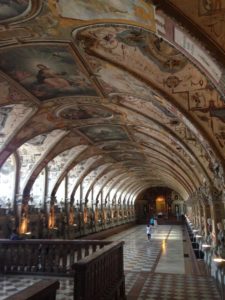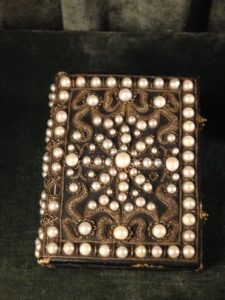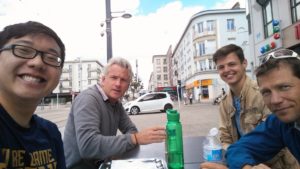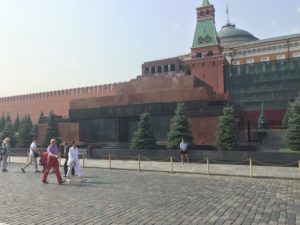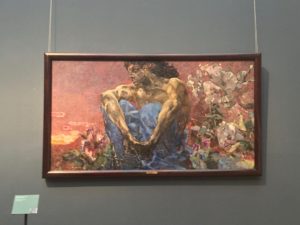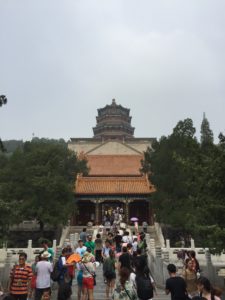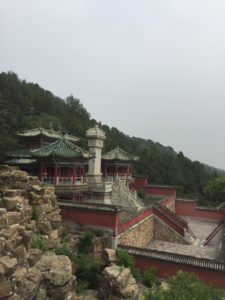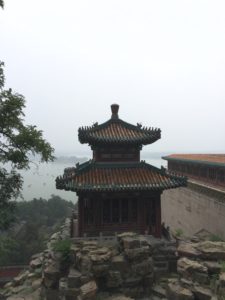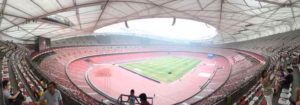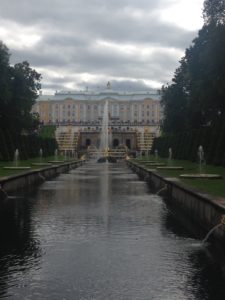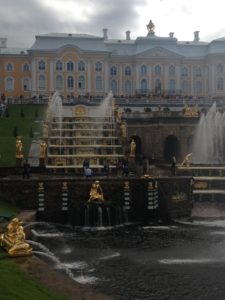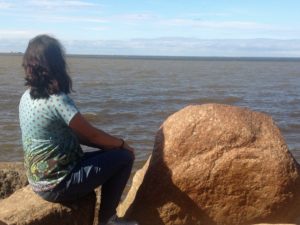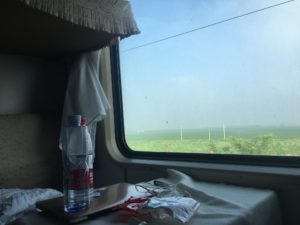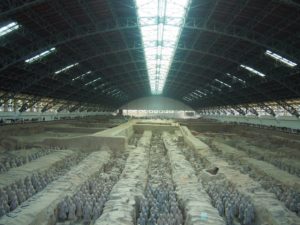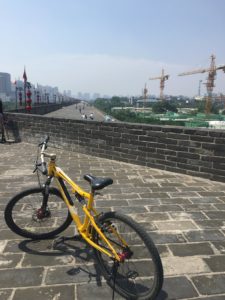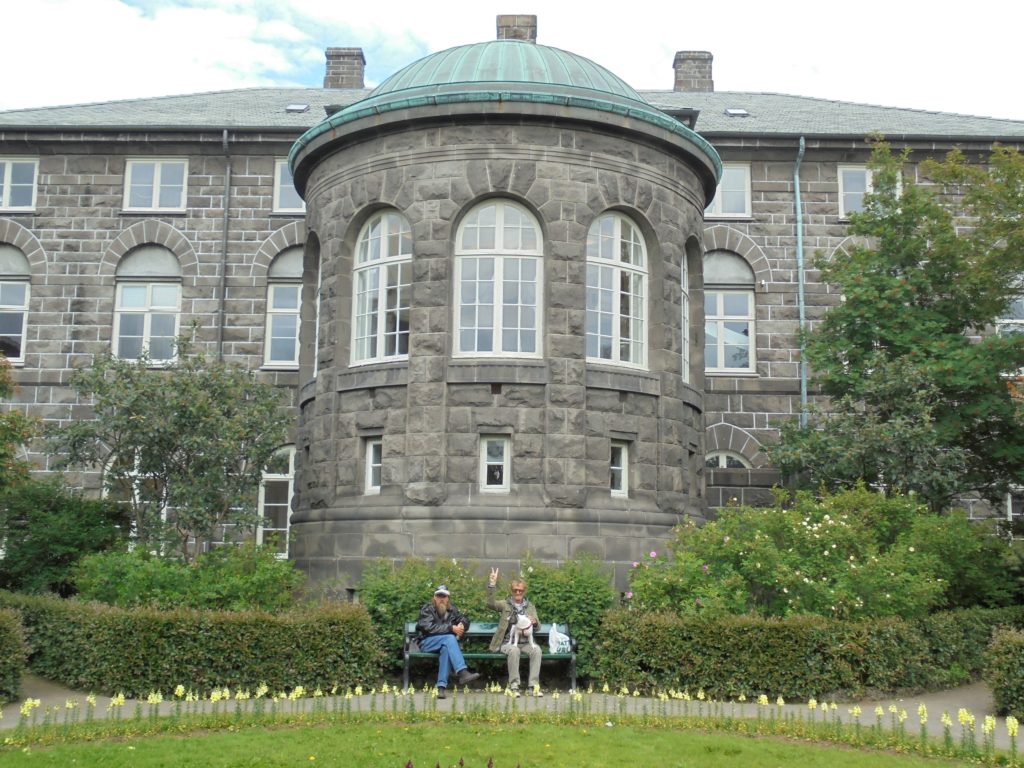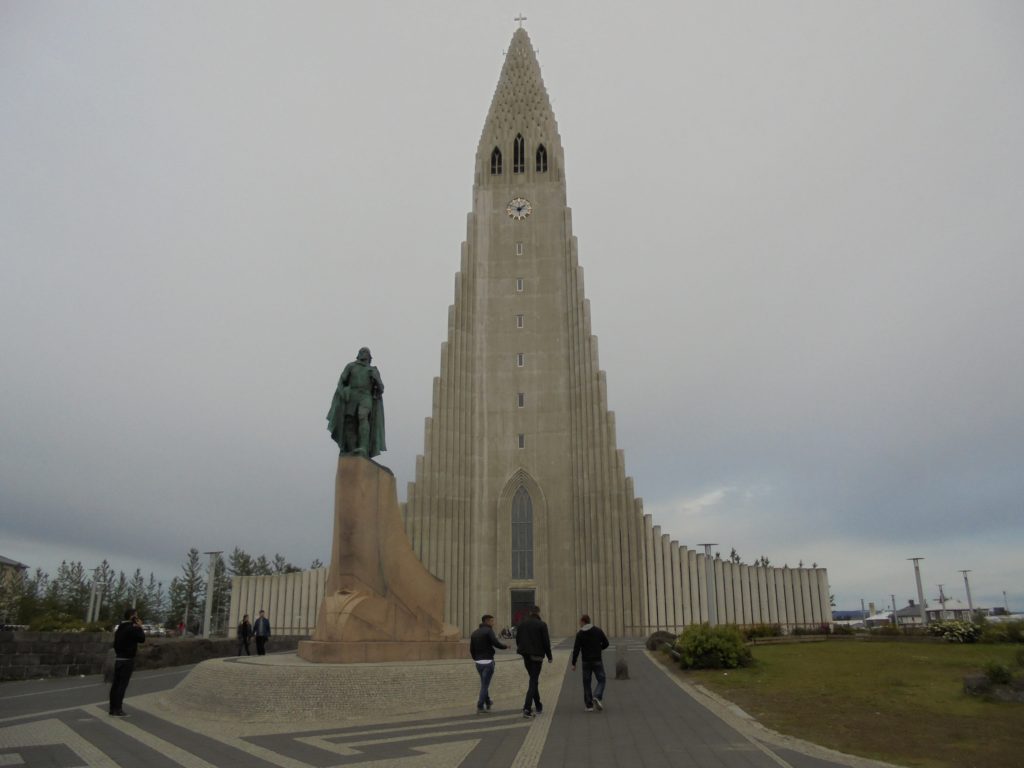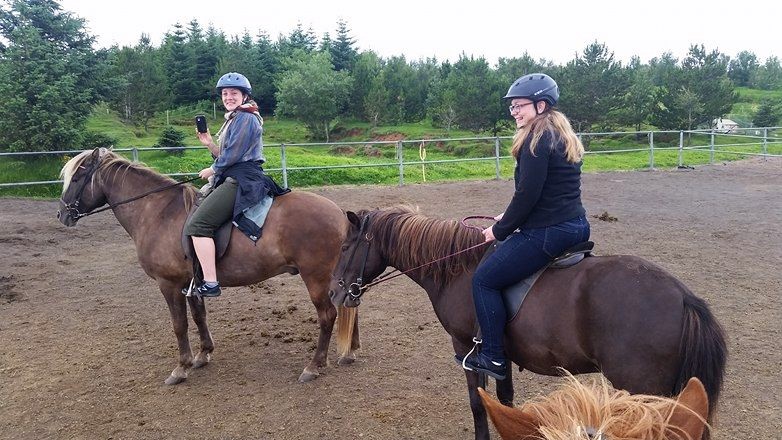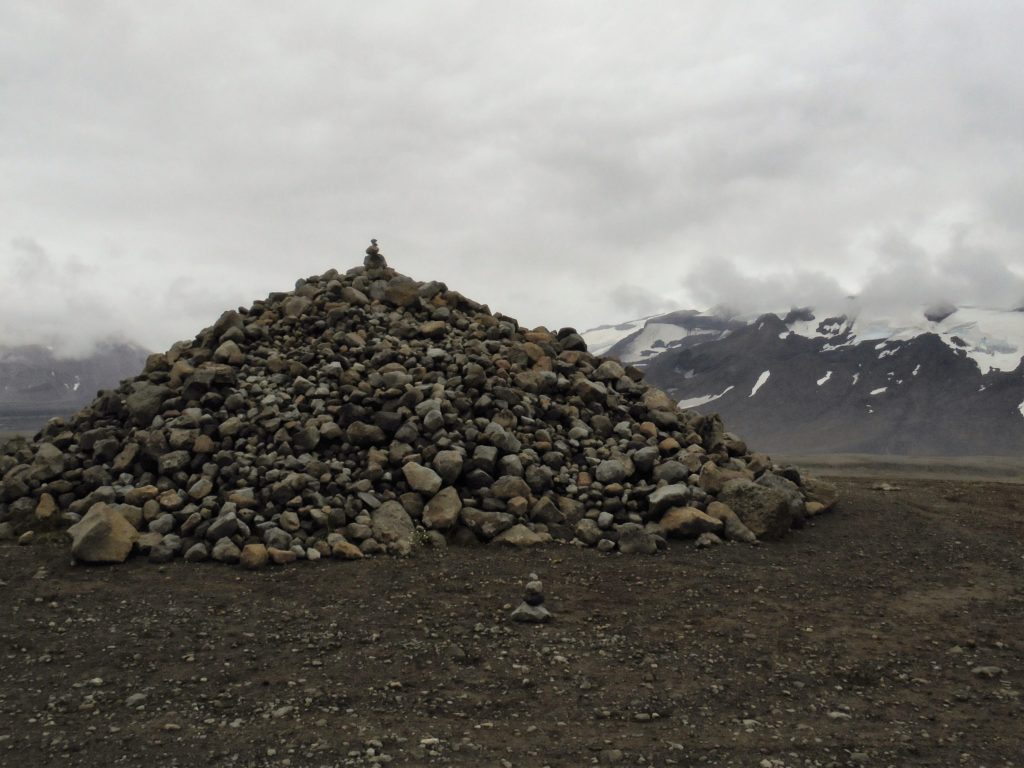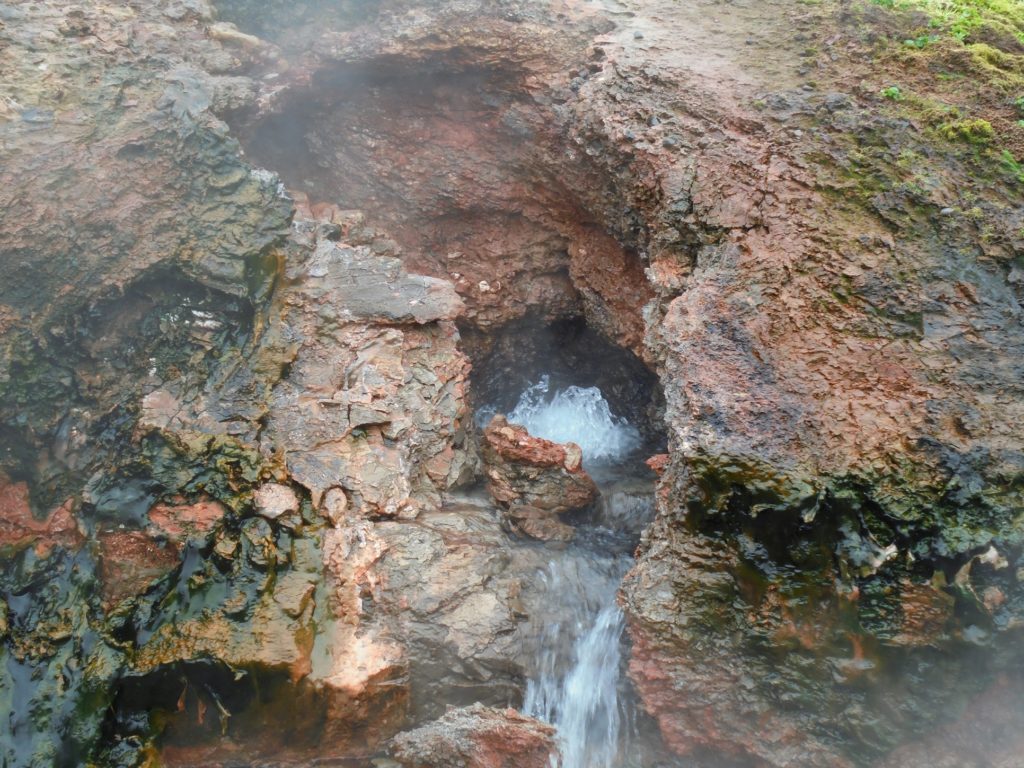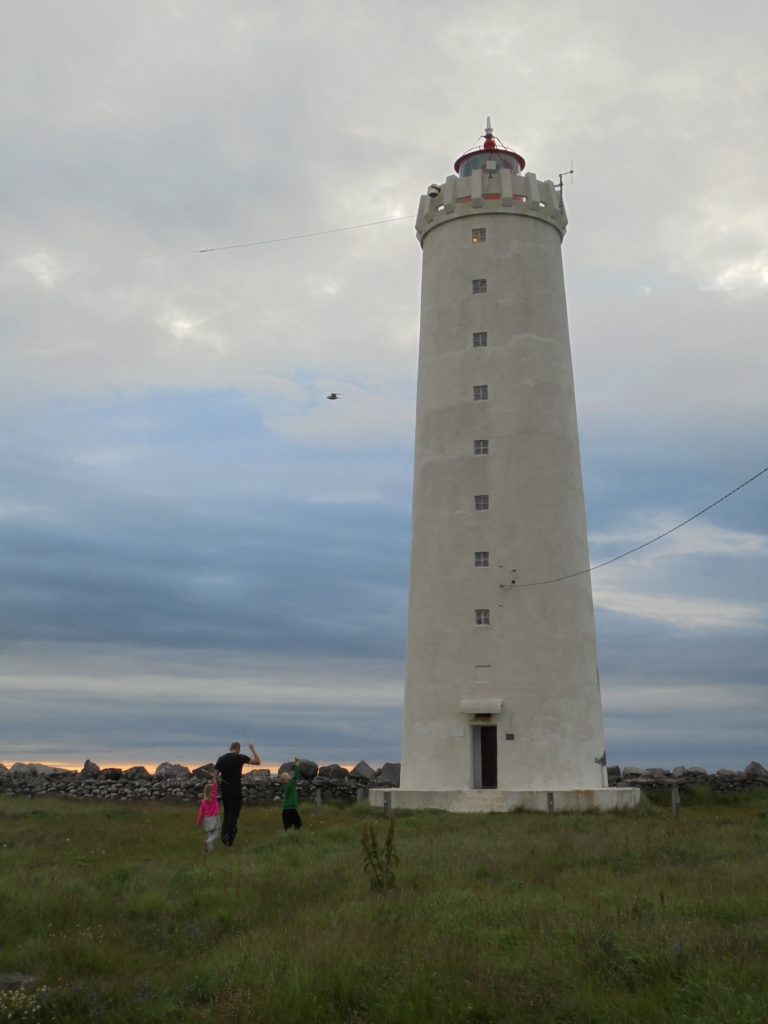One of the things that has most set my time in Glenn Fhinne apart from my time in Glenn Cholm Cille is the opportunity I had to hear about the rich history and folklore of the area. Most of the Irish language songs I discussed in class this week were from the area—and when I say from the area, I mean within about ten miles. One of the highlights was a moving song by a woman in the early 1900s longing for the home of her youth. According to our teacher, the home of her youth was about five miles from her home at the time she wrote the song.
On a more serious note, we had the opportunity after class one afternoon to drive out to the Bluestack Mountains and hear about the history of the people who had lived there. The area that we went hiking in currently has only a few houses, but a hundred years ago, it was home to seven extended families, all Irish-speaking. The first school wasn’t founded there until the early twentieth century. When the school was finally created, it offered not only primary education for the families’ children, but also night classes in English targeted at older teenagers and young adults in their twenties. The schoolmaster realized that many of the young adults would need to emigrate to England or the United States in order make a living, and that their lives would be difficult without English.
In spite of the emigration, though, the area seems to have contained a strong Gaeltacht community for quite some time. During the twentieth century, linguists traveled to the Bluestack Mountains to record stories and songs in a language that they didn’t understand. In one story we were told about the area, there was a woman living there who didn’t speak English as late as 1944. Today, a person who speaks Irish and not English would be more or less unheard of.
I’m grateful that we got a chance to travel to the Bluestack Mountains and to hear about them, because it gave me a chance to put the language in perspective. As an Irish language learner, I often hear concern from people about the small number of people who speak the language. Our trip to the Bluestack Mountains helped me to put the changes that have taken place in Irish speaking communities over the last hundred years into perspective.
